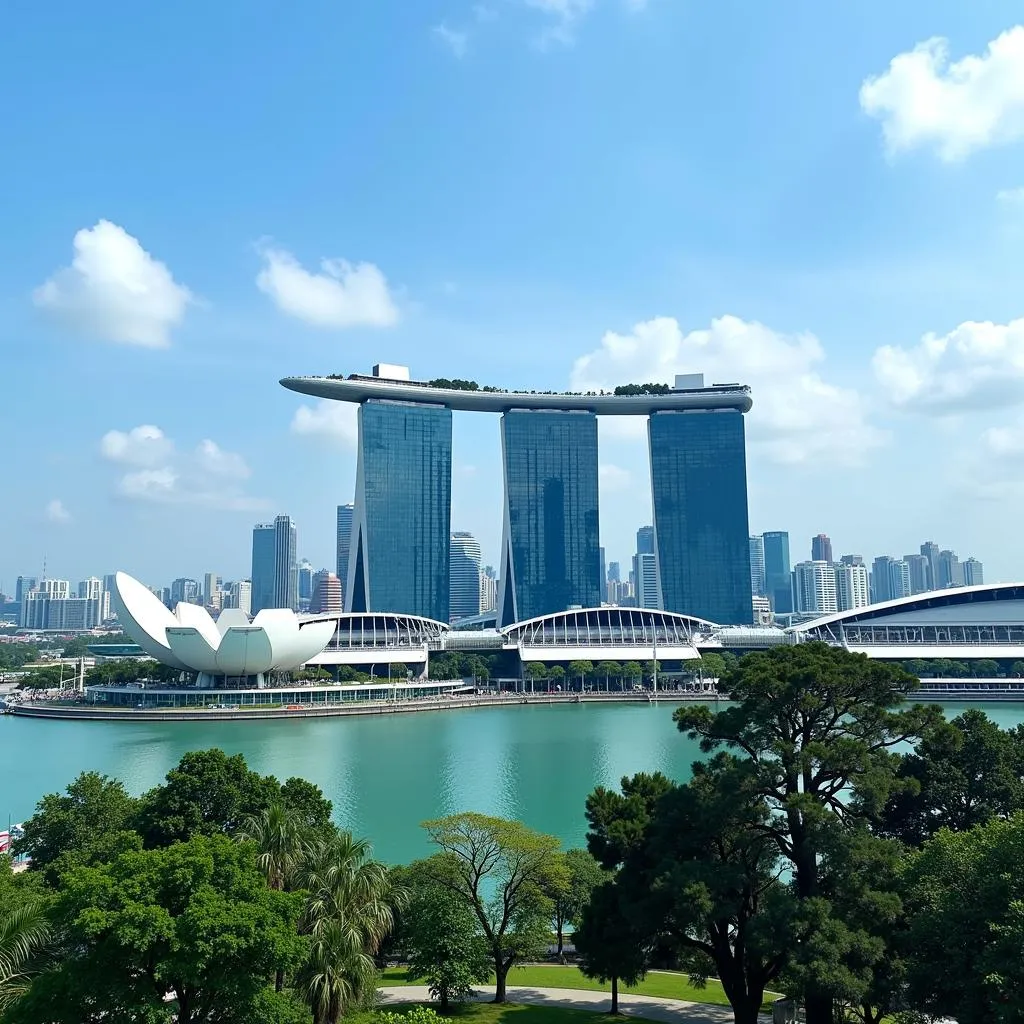ASEAN design and build projects are transforming the region’s landscape, driving economic growth, and fostering cultural exchange. From innovative skyscrapers to sustainable infrastructure, the ASEAN design and build sector is a testament to the region’s dynamic development.
The Rise of ASEAN Design and Build
The ASEAN region is experiencing a period of unprecedented growth, fueled by rapid urbanization and increasing foreign investment. This has created a surge in demand for high-quality infrastructure and innovative building solutions, leading to the rise of the design and build model. This approach streamlines the construction process by consolidating design and construction responsibilities under a single entity. This not only reduces project timelines and costs but also fosters greater collaboration and communication between designers and builders.
Advantages of the Design and Build Model in ASEAN
The design and build model offers numerous advantages in the ASEAN context, including:
- Single Point of Contact: This simplifies communication and decision-making, which is particularly beneficial in complex projects involving multiple stakeholders.
- Cost Certainty: Design and build contracts often involve fixed prices, providing greater budget control and reducing the risk of cost overruns.
- Faster Project Delivery: The integrated approach streamlines the construction process, leading to quicker completion times compared to traditional methods.
- Enhanced Collaboration: The close collaboration between designers and builders fosters innovation and ensures that the final product meets the client’s vision.
Key Trends Shaping ASEAN Design and Build
Several key trends are shaping the future of design and build in ASEAN:
- Sustainable Design: Growing awareness of environmental issues is driving demand for sustainable building practices, including green building materials, energy-efficient designs, and water conservation technologies.
- Smart Cities: The rise of smart cities is creating opportunities for the integration of technology into building designs, resulting in smart buildings that optimize resource utilization and enhance occupant experience.
- Modular Construction: Modular construction, where building components are prefabricated off-site and then assembled on-site, is gaining popularity due to its efficiency, cost-effectiveness, and reduced construction time.
“Sustainable design is no longer a niche trend but a necessity in ASEAN,” says Dr. Anita Sharma, a leading architect and urban planner specializing in Southeast Asian development. “We need to build with the future in mind, prioritizing environmentally responsible practices that minimize our impact on the planet.”
Challenges and Opportunities in ASEAN Design and Build
While the ASEAN design and build sector offers immense potential, it also faces several challenges:
- Varying Regulations: Different building codes and regulations across ASEAN countries can complicate project planning and execution.
- Skill Shortages: A shortage of skilled labor, particularly in specialized areas like green building and smart technologies, can hinder project progress.
- Infrastructure Gaps: Limited infrastructure in some ASEAN countries can pose logistical challenges for construction projects.
Despite these challenges, the ASEAN design and build sector presents exciting opportunities for growth and innovation. The region’s burgeoning population, increasing urbanization, and growing economies are driving demand for infrastructure development, creating a fertile ground for design and build companies to thrive. “The future of ASEAN design and build lies in embracing innovation and collaboration,” states Mr. Kenji Tanaka, a prominent construction industry consultant in Southeast Asia. “By working together and adopting new technologies, we can overcome challenges and create a built environment that is both sustainable and resilient.”
Conclusion
ASEAN design and build is poised to play a crucial role in shaping the future of Southeast Asia. By embracing sustainable practices, adopting innovative technologies, and fostering collaboration, the sector can contribute to the region’s economic growth, improve the quality of life for its citizens, and create a built environment that is both resilient and sustainable. Investing in ASEAN design and build is not just about constructing buildings; it’s about building a better future for the region.
FAQ
- What is the design and build model?
- What are the benefits of design and build in ASEAN?
- What are the challenges facing the ASEAN construction industry?
- What are the key trends in ASEAN design and build?
- How can I find a reputable design and build company in ASEAN?
- What are the typical costs associated with a design and build project in ASEAN?
- What are the sustainable building practices being adopted in ASEAN?
When you need support, please contact Phone Number: 0369020373, Email: [email protected] Or come to the address: Ngoc Lien Village, Hiep Hoa, Bac Giang, Vietnam. We have a 24/7 customer care team.

